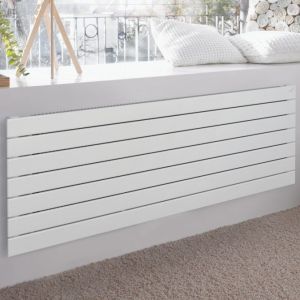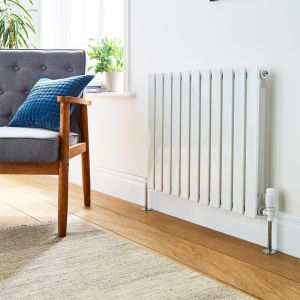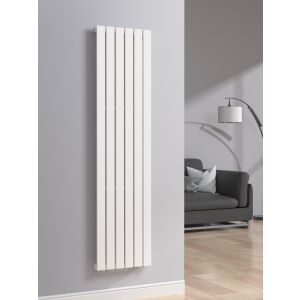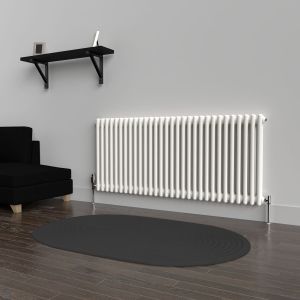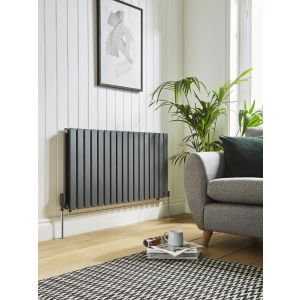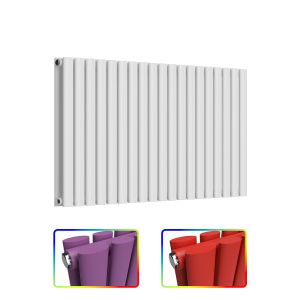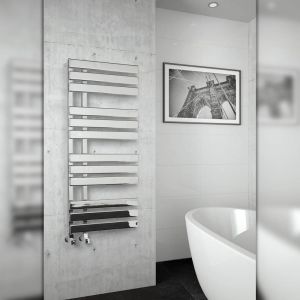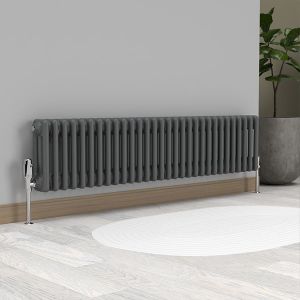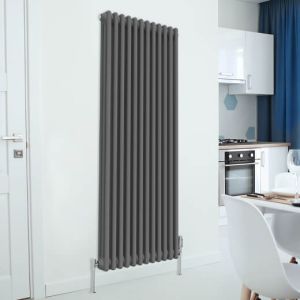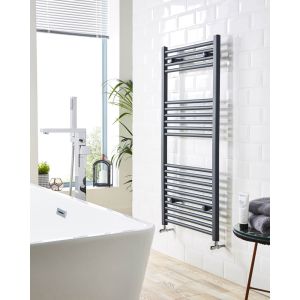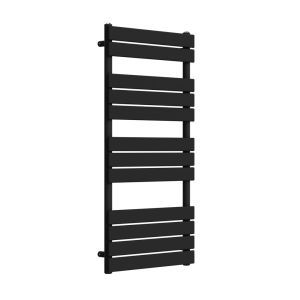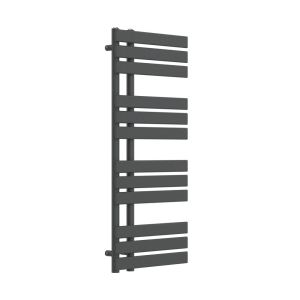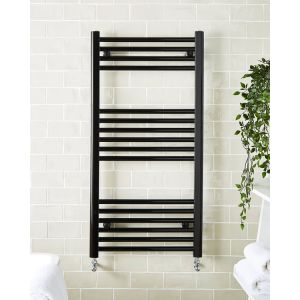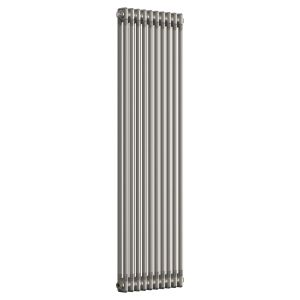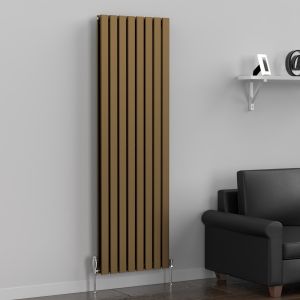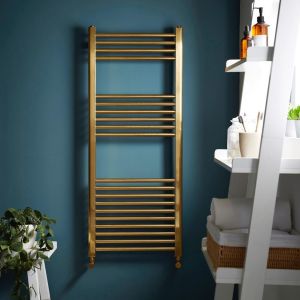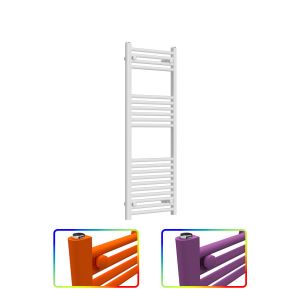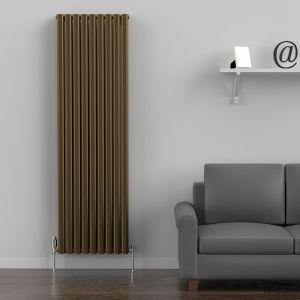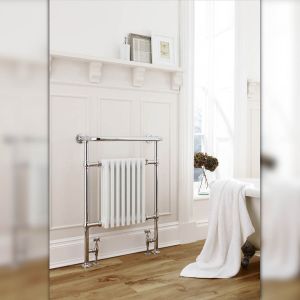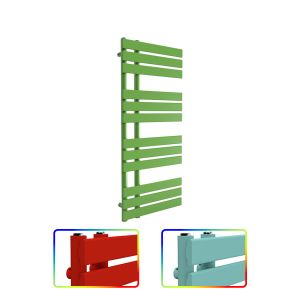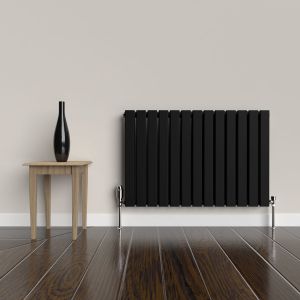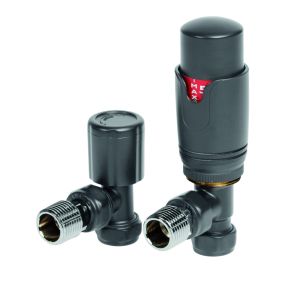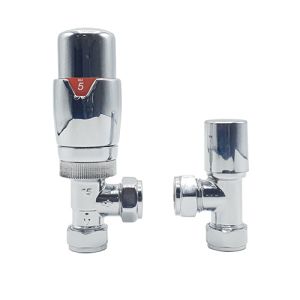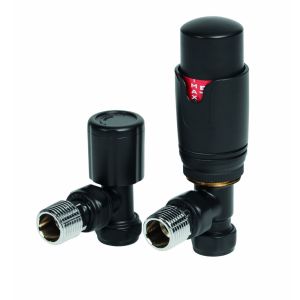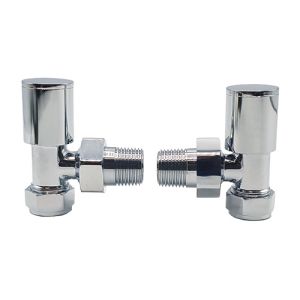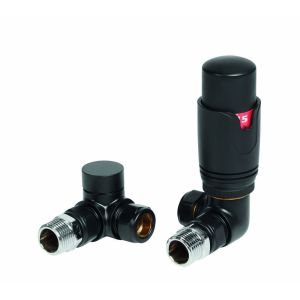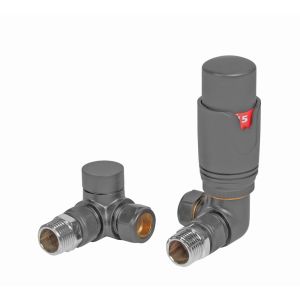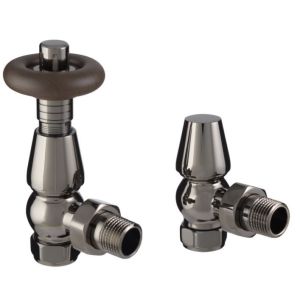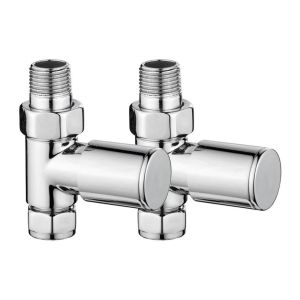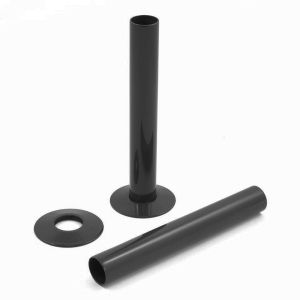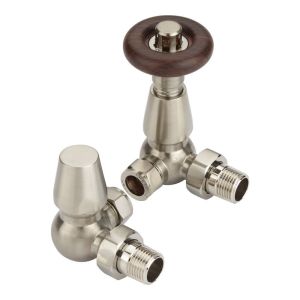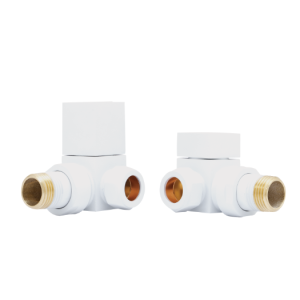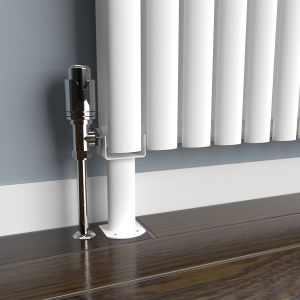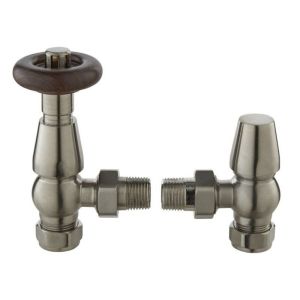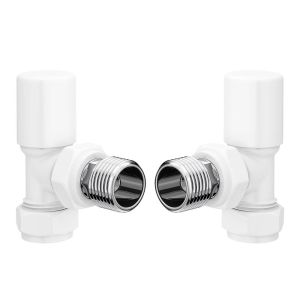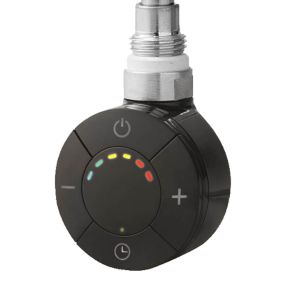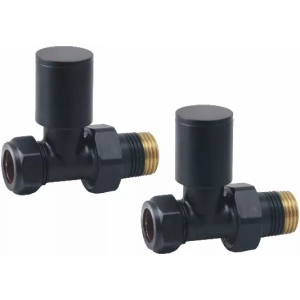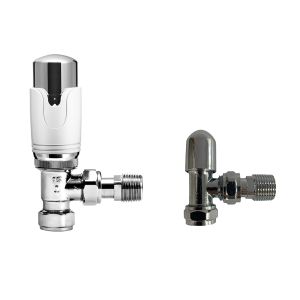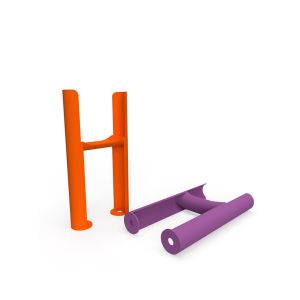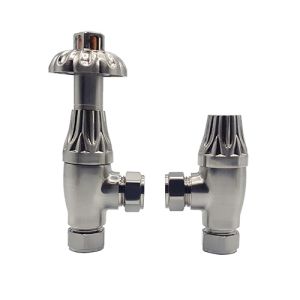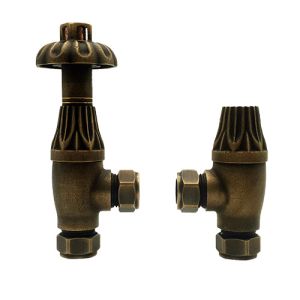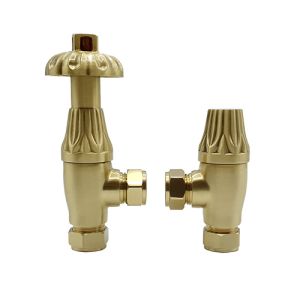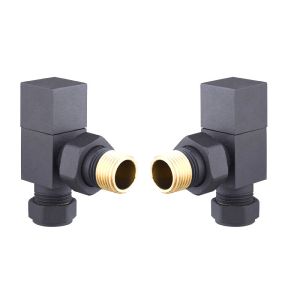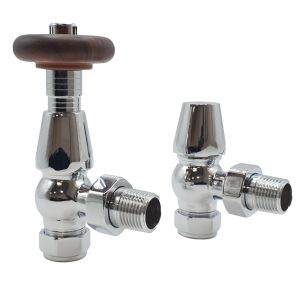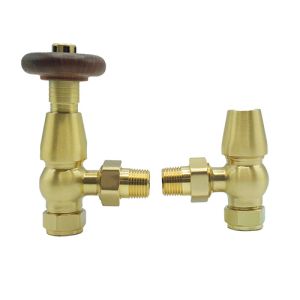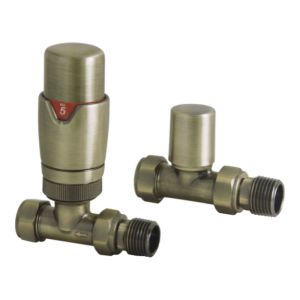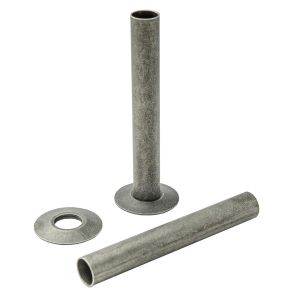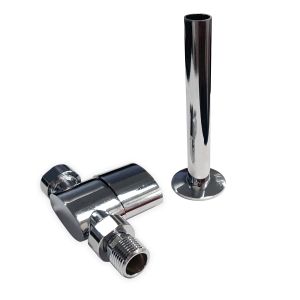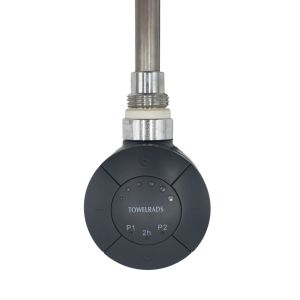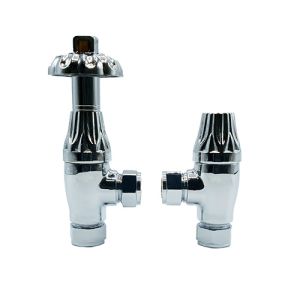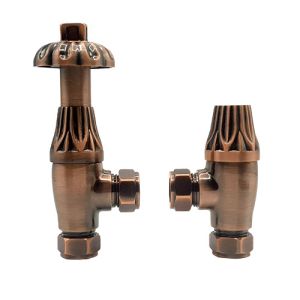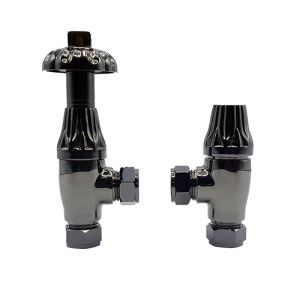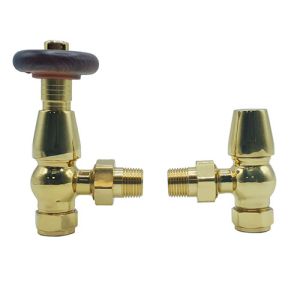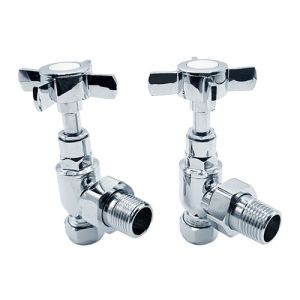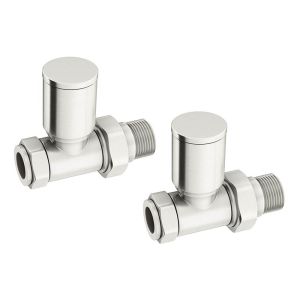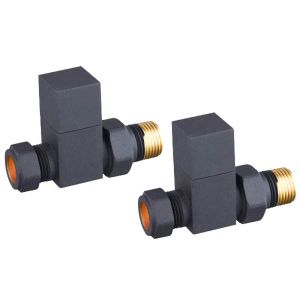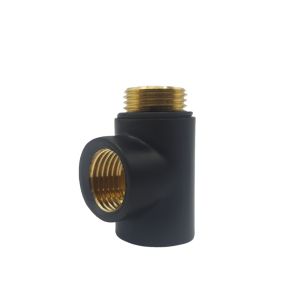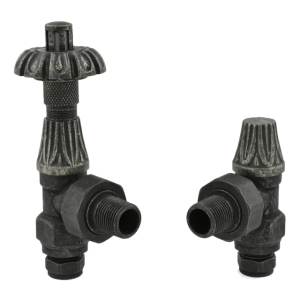Keeping your radiators and heated towel rails working correctly so that they can kick out fantastic levels of heat and continue to keep our homes cosy and fluffy towels warm and dry, can sometimes be a challenge. However, an inhibitor chemical is a great way to help your central heating system fight the build up of unwanted sludge and keep everything working as it should.
This sludge not only sounds disgusting, but it can stop the water in your radiators and towel rails circulating properly making them noisy and cool to the touch when they should be silent and warm.
This easy to follow guide will talk you though the process of adding an inhibitor to your modern towel radiators so you can rest easy knowing that your central heating system is sludge free and working perfectly.
Let's get started!
What you’ll need
To add an inhibitor to your bathroom towel rail, you’ll need a few common items that you probably already have in your home or garage. This includes:
- A towel
- An adjustable spanner
- A tub or bucket
- Inhibitor fluid

Turning off the valves to the heated towel rail
One of the best things about modern towel radiators is that they have a special air vent located at the top of the unit. This makes it much easier to add the inhibitor chemical.
Once you’ve located this vent, turn off both of the valves on the rail off but don't turn the heating system off as this isn't necessary for this task.
If you've got a heated towel rail with a thermostatic radiator valve, shut this off before going any further.
Bleed the bathroom towel rail
Next, take a radiator key and bleed your radiator to release any pressure in the system. Hopefully, because you’ve already turned off the valves, no liquid will come out of the system.

If this is the case, move on to the next stage.
Slacken the nut on the valve
Now you’ll need to use your adjustable spanner to loosen one of the nuts on one of the bathroom towel rail valves. Catch any liquid that escapes in your tub or bucket.
You can also wrap your towel around the valve to catch any excess fluid, but what’s important is that you keep an eye on the amount of liquid that you’ve collected in your tub or bucket as you’ll need to replace roughly the same amount with inhibitor in a moment.
Adding the inhibitor to your heated towel radiator
Once you’ve finished draining the water from your modern towel radiator, shut off the air valve at the top and remove the bung that contains the air valve using your adjustable spanner.
Now it’s time to add the inhibitor into the hole where the bung was previously, bearing in mind that you'll want to add roughly the same amount of inhibitor to the water that you've just drained off. You can also use a funnel to help you avoid spilling any of the chemical.
Finally, put the bung back in and tighten it with the spanner, You’ll also need to shut the air valve and open both of the valve caps that you closed earlier on. Now open the top air valve to let any captured air out of the system
And that’s it! You’ve successfully added inhibitor to your heated towel rail!












